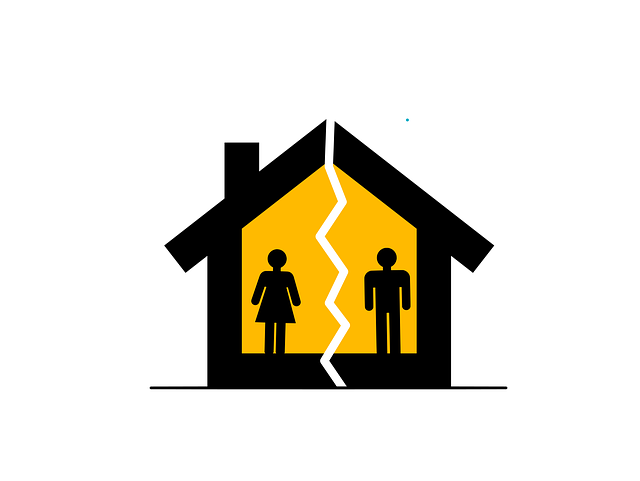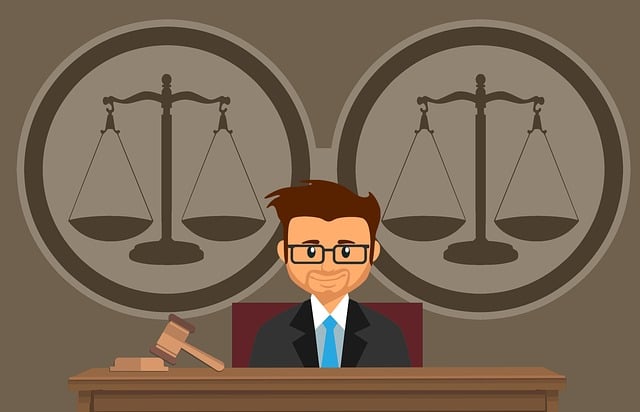High-conflict divorces can be emotionally and financially challenging, with legal and custody battles adding to the complexity. Traditional litigation in courtrooms often exacerbates conflict, leading to an increase in animosity rather than resolution. To address this, alternative dispute resolution methods like mediation, collaborative law, and arbitration are recommended. These approaches facilitate more cooperative and amicable resolutions outside of the adversarial courtroom environment, often resulting in outcomes that both parties can accept more readily. They also prioritize the emotional well-being of all involved, especially children, by promoting communication and mutual respect. These methods not only expedite the divorce process but also tend to be less expensive and time-consuming than litigation, providing a more constructive way to handle the complexities of high-conflict divorce. Divorce through these alternative means offers a path to resolution that emphasizes dignity and humanity, aiming for a harmonious transition post-divorce.
Navigating the tumultuous waters of a high-conflict divorce can be a daunting endeavor for all involved. Traditionally, the courtroom has been the default arena for resolving such marital dissolutions, often leading to further strain and financial depletion. This article explores alternative methods beyond litigation, focusing on strategies tailored for high-conflict divorces. We delve into the complexities of these disputes, offering insights into mediation, therapy, and legal tools that provide constructive pathways to resolution. By understanding these options, individuals can navigate the process more effectively, steering clear of the pitfalls of a conventional courtroom battle.
- Understanding the Complexities of High-Conflict Divorce: Navigating Beyond the Courtroom
- Strategies for High-Conflict Divorce Resolution: Beyond Adversarial Approaches
- Mediation and Therapy in High-Conflict Divorce: Finding Constructive Pathways
- Legal Tools for High-Conflict Divorce: Alternatives to Traditional Courtroom Battles
Understanding the Complexities of High-Conflict Divorce: Navigating Beyond the Courtroom

High-conflict divorces often present unique challenges that extend beyond the legal procedures typically associated with dissolving a marriage. The emotional and financial stakes are high, and the process can be fraught with intense disputes over assets, custody, and support. Navigating this complex terrain requires a nuanced approach that goes beyond the courtroom’s formal resolutions. Expert mediators and therapists skilled in conflict resolution can facilitate communication between parties, aiming to resolve issues amicably and constructively outside of court. This not only streamlines the process but also preserves the well-being of all involved, particularly children if minorities are present.
The courtroom often exacerbates tensions in high-conflict divorces by necessitating adversarial positions, which can entrench existing animosities rather than resolve them. Alternative dispute resolution methods, such as collaborative law or arbitration, offer avenues for parties to have more control over the outcome and to maintain privacy. These methods are designed to foster mutual respect and cooperation, leading to settlements that are often more satisfactory to both parties than those imposed by a judge. Understanding the complexities of high-conflict divorce necessitates recognizing the importance of exploring these alternatives and the role they play in resolving disputes without resorting to litigation’s finality.
Strategies for High-Conflict Divorce Resolution: Beyond Adversarial Approaches

High-conflict divorces often lead parties to the courtroom, where traditional litigation can exacerbate tensions and prolong the resolution process. To mitigate the adverse effects of high conflict, alternative dispute resolution methods such as collaborative practice and mediation are gaining traction. These approaches encourage both parties to engage in constructive dialogue facilitated by neutral professionals who specialize in handling emotionally charged situations. Collaborative practice, for instance, involves a team of legal and mental health experts who assist couples in reaching an amicable agreement without the need for courtroom proceedings. This collaborative approach focuses on the interests and needs of each party, fostering a more dignified and humane resolution to the divorce. Mediation similarly provides a structured environment where parties can negotiate their differences with the guidance of a trained mediator, aiming to reach a mutually acceptable settlement that bypasses the need for a courtroom decision. These strategies not only streamline the process but also preserve relationships, particularly when children are involved, ensuring a smoother transition into post-divorce life.
Mediation and Therapy in High-Conflict Divorce: Finding Constructive Pathways

In high-conflict divorce scenarios, where emotions run high and agreements are elusive, mediation and therapy emerge as constructive pathways to resolution, diverting couples away from the adversarial courtroom. Mediation, a process where a neutral third party facilitates negotiation between spouses, often proves more effective than litigation. It allows for open communication in a controlled environment, fostering a solution that both parties can accept. This approach not only reduces the stress associated with courtroom proceedings but also paves the way for post-divorce co-parenting by encouraging mutual respect and understanding.
Therapy, on the other hand, provides a safe space for individuals to process their emotions and address underlying issues that contributed to the conflict. Unlike the courtroom, where each party may focus on winning rather than resolving, therapy aims to heal and move forward. It can be conducted separately or jointly, with the latter option helping to improve communication skills and rebuild trust, which are essential for a successful co-parenting relationship after divorce. Both mediation and therapy offer tools and strategies that are absent from the courtroom, promoting healthier outcomes for all parties involved.
Legal Tools for High-Conflict Divorce: Alternatives to Traditional Courtroom Battles

navigating a high-conflict divorce can be an arduous process, often leading to protracted legal battles within traditional courtroom settings. However, there are legal alternatives designed to mitigate the intensity and reduce the emotional toll on all parties involved. Mediation and arbitration are two such avenues that allow individuals to resolve their disputes outside of the courtroom. In mediation, a neutral third party facilitates negotiations between the divorcing couple, guiding them towards a mutually agreeable resolution. This process is typically less adversarial than a courtroom trial and can foster a more collaborative environment for resolving issues related to child custody, asset division, and spousal support. Arbitration, on the other hand, involves an arbitrator who makes decisions after hearing both sides, much like a judge would in court, but without the public setting or formal procedure. This method can provide a more streamlined and private resolution process for those navigating the complexities of high-conflict divorce. Both mediation and arbitration offer structured yet flexible alternatives to the often time-consuming and costly traditional litigation path in courtrooms.
High-conflict divorces present unique challenges that require nuanced and effective resolution strategies. This article has explored the multifaceted nature of such disputes and provided a comprehensive overview of approaches that move beyond the traditional courtroom setting. By examining mediation, therapy, and alternative legal tools, individuals can navigate these complex situations with greater dignity, financial prudence, and emotional well-being. It is clear that through collaborative efforts and specialized interventions, high-conflict divorce resolution can be achieved in ways that are more constructive and less adversarial. For those facing this difficult transition, understanding the available options outside of the courtroom is not just beneficial—it’s a crucial step towards resolving conflicts and moving forward with their lives.
